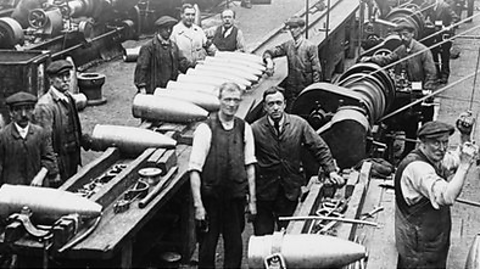How medicine was changing

The war was a time of change for the treatment of injuries and illness.
Injured and sick soldiers needed to be treated quickly so they could go back to fighting as soon as possible.
Casualty stations were set up near battlefields, some by the Red Cross.
Female volunteers worked as nurses and drove ambulances.
What did soldiers suffer from?
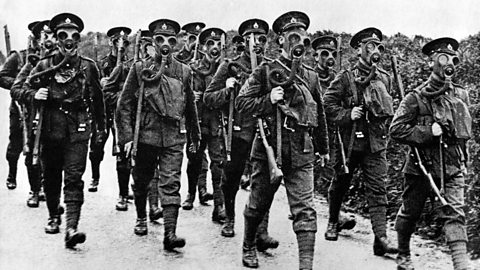
Image caption, Poisonous gas was used as a weapon
The First World War was the first-time poison gas was used on a large scale during war. The gas could affect someone in just a few minutes so protective masks were given to all soldiers. Many soldiers suffered from the effects of gas attacks for the rest of their lives. The poet Wilfred Owen wrote about the effect of a gas attack in Dulce et Decorum Est.
Image caption, Trench fever was caused by body lice
It made soldiers suffer from fever, headaches, aching muscles and skin sores. It was painful and took around twelve weeks to recover.
Image caption, Trench foot was caused by standing in water and mud
In some cases, soldiers' socks started to grow on to their feet. In severe cases, soldiers had to have their feet or legs amputated (cut off).
Image caption, Shell shock was a mental illness
The constant noise of explosions and guns was scary. Some soldiers stopped being able to follow commands. Officers and doctors thought the soldiers were weak. Some were sent to hospital. Others had to carry on fighting.
1 of 4
What is triage?
The Royal Army Medical Corps (RAMC) put sick soldiers into three possible groups.
| 1 | Slightly injured. | Soldiers who did not need much care. They were quickly given treatment wherever they were and then carried on fighting. | |
| 2 | Need hospital. | Soldiers who needed to be transported for treatment. They were taken to the nearest hospital base. | |
| 3 | Beyond help | Soldiers who did not have much chance of getting better. They were made comfortable but little treatment was given as others had priority. | |
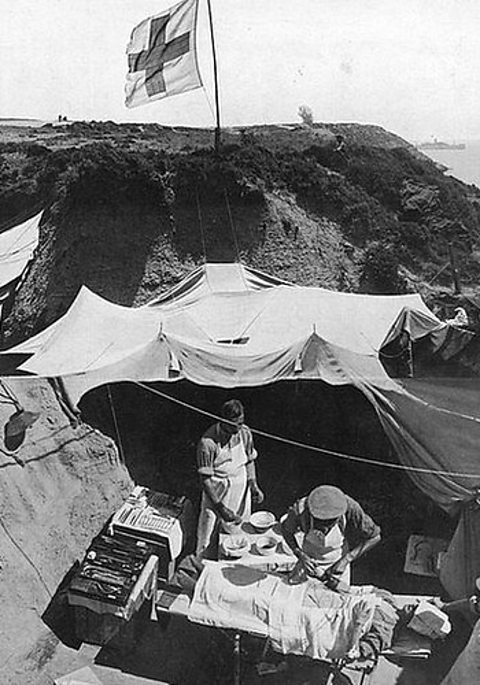
X-rays and giving blood
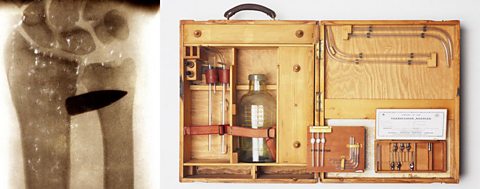
- X-rays helped surgeons find bullets inside a body.
- Blood transfusions were sometimes given to soldiers with burns and skin damage, saving more lives.
What was Spanish Flu?
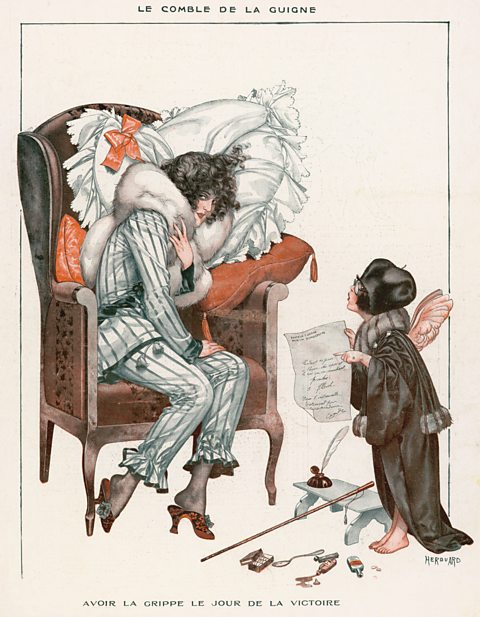
Spanish Influenza (flu) was first reported in March 1918.
It was an illness caught by one in three people in the world because it infected a third of the world's population.
It became known as Spanish Flu.
Spain was neutral during the war. Newspapers in Spain reported the deadly illness in detail whereas the countries at war did not.
What caused it?
Today we know it began in animals and birds, then spread to humans.
Soldiers lived closely together in camps and trenches and caught it from each other.
How did the world change?
- 40-50 million people died from Spanish flu. This was many more people than the war itself.

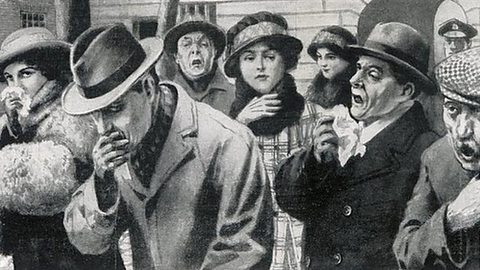
Activities
Activity 1: Quiz – Medicine during World War One
Activity 2: History Explorer game
Play this game to test your knowledge and learn even more facts about World War One.
History Explorer: Secrets through time
History Explorer: Secrets through time: KS2 History

Bitesize Primary games. gameBitesize Primary games
Play fun and educational primary games in science, maths, English, history, geography, art, computing and modern languages.

More on World War One
Find out more by working through a topic
- count35 of 43
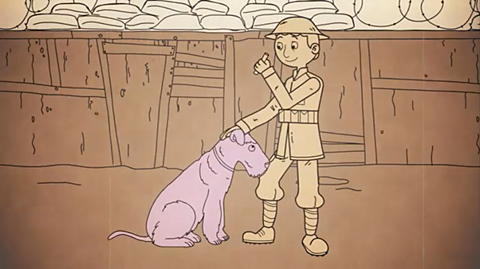
- count36 of 43

- count37 of 43

- count38 of 43
